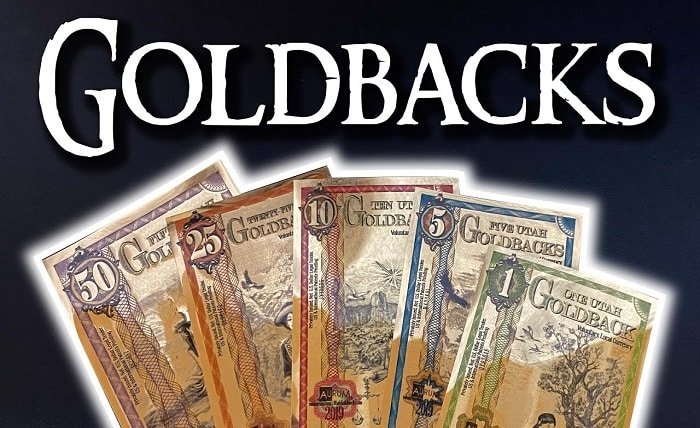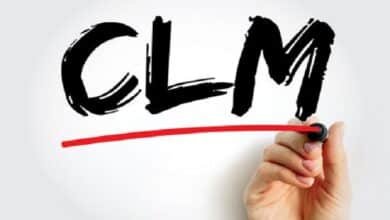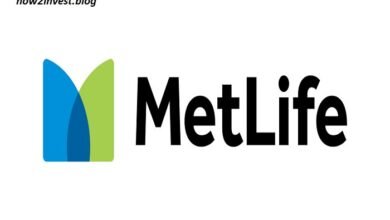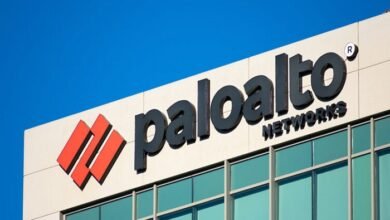Goldbacks: A New Way to Invest in Gold?

Gold is one of the oldest and most trusted forms of money in human history. It has been used as a store of value, a medium of exchange, and a hedge against inflation for millennia. However, gold also has some drawbacks as an investment. It is bulky, heavy, difficult to transport, and subject to theft or confiscation. Moreover, it is not very practical for everyday transactions, as most people do not have the means or the willingness to accept gold as payment.
That is where goldbacks come in. Goldbacks are a form of voluntary local currency whose intricate designs are crafted from 24-karat gold They are shaped like regular currency notes but contain 24K pure gold. The gold is safely contained between two layers of clear polyester, which add artistic elements to the fractional gold bullion they contain The term Goldback refers to each unit of the currency and is 1/1000 of an ounce of pure gold The Goldbacks are issued in denominations of 1, 5, 10, 25, and 50, each containing proportionally larger amounts of gold
How Do Goldbacks Work?
Goldbacks are not legal tender, but they are valid for barter, trade, discounts, or gifts in some parts of the United States They are currently operating in four U.S. states: Utah, Nevada, New Hampshire, and Wyoming Each state has its own series of Goldbacks, featuring different designs and symbols that reflect the local culture and history
Goldbacks are minted by Valaurum, a regulated and certified private mint which mints gold products for various governments across the world Valaurum uses a proprietary and patented vacuum deposition process to fuse gold atomically together into thin sheets encased in a plastic film designed to hold the gold
Goldbacks can be purchased online or from authorized dealers at a premium over the spot price of gold. The premium covers the cost of production, distribution, and marketing of the Goldbacks. The premium also varies depending on the supply and demand of the Goldbacks in the market
Goldbacks can be used as actual currency in some parts of the United States where local businesses accept them as payment for goods and services According to Reuters, as of 2022, as many as “a quarter to half of small businesses in Utah will accept the notes” Meanwhile, Nevada has seen some buyers purchasing Goldbacks as part of an inflation hedge investment vehicle. In association with members of the libertarian Free State Project in New Hampshire, widespread use has been reported of people spending Goldbacks on various goods and services within the state.
Goldbacks can also be exchanged for other forms of money or gold at any time. However, there may be fees or taxes involved depending on the jurisdiction and the method of exchange.
What Are the Benefits of Goldbacks?
Goldbacks offer several benefits as a form of gold investment and as a form of local currency. Some of these benefits are:
- Accessibility: Goldbacks make gold accessible to anyone who wants to own or use it. They are affordable, portable, divisible, and fungible. They can be easily stored, carried, or traded without requiring any special equipment or intermediaries.
- Stability: Goldbacks preserve the purchasing power of gold over time. They are not subject to inflation, devaluation, or manipulation by central banks or governments. They are also not affected by electronic failures or cyberattacks that may disrupt digital currencies or payment systems.
- Sovereignty: Goldbacks empower individuals to control their own money and wealth. They do not need someone else’s approval to spend them. They do not specify where they can be spent or what they can be spent on. They are anonymous — there is no need to know who you are to spend them.
- Community: Goldbacks support local businesses and educate people about sound money. They foster a sense of trust and cooperation among people who share common values and interests. They also promote economic freedom and independence from centralized authorities.
What Are the Risks of Goldbacks?
Goldbacks also have some risks as a form of gold investment and as a form of local currency. Some of these risks are:
- Volatility: Goldbacks are subject to the fluctuations of the price of gold in the global market. The value of Goldbacks may rise or fall depending on the supply and demand of gold and other factors that affect its price.
- Counterfeit: Goldbacks may be vulnerable to counterfeit or fraud. Although Valaurum claims to have security features and quality control measures to prevent this, there is no guarantee that all Goldbacks are authentic or accurate. Moreover, there is no official authority or organization that certifies or regulates the Goldbacks.
- Legal: Goldbacks are not legal tender and have no legal status in most jurisdictions. They may be subject to legal challenges, restrictions, or prohibitions by governments or regulators who may view them as a threat to their monetary sovereignty or fiscal policy. They may also be subject to taxation or confiscation by authorities who may claim them as property or income.
- Acceptance: Goldbacks are not widely accepted or recognized as a form of money or payment in most places. They depend on the voluntary cooperation and agreement of the parties involved in the transaction. They may face resistance, skepticism, or ignorance from people who are unfamiliar with them or who prefer other forms of money.
Conclusion
Goldbacks are a new and innovative way to invest in gold and to use it as a form of local currency. They offer several benefits such as accessibility, stability, sovereignty, and community. However, they also have some risks such as volatility, counterfeit, legal, and acceptance. Therefore, before buying or using Goldbacks, one should do their own research and due diligence and weigh the pros and cons of this alternative form of money.



